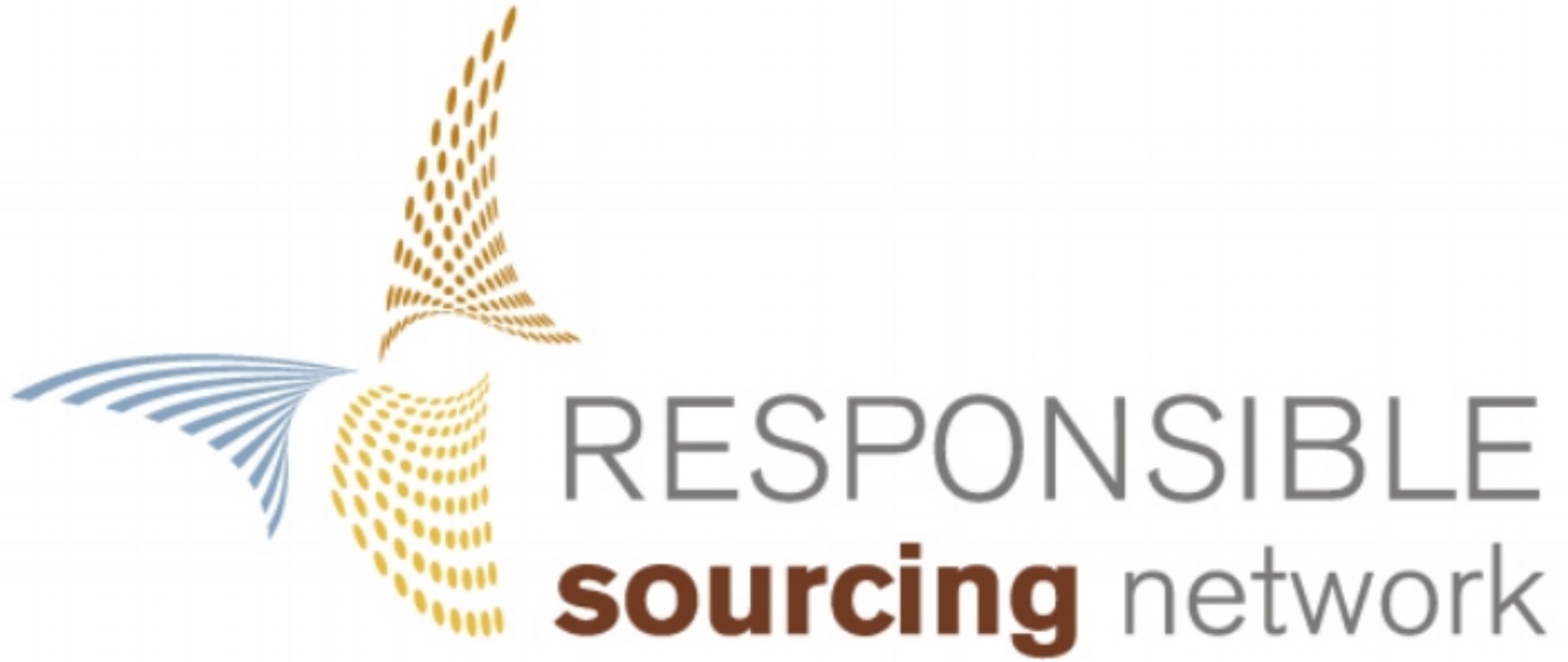Cobalt: Let’s Not Make the Same Mistakes Twice
For more than a century now we have relied on fossil fuel-powered vehicles with costly consequences for our planet. But one mineral is now allowing for a technological revolution and this mineral is cobalt. The development of cobalt-based lithium-ion (Li-ion) batteries brings a new lease on life to the automobile industry. But it is not the only beneficiary. From the aerospace industry to the medical sector, cobalt has become an integral part of major innovations that will shape our future.
The Democratic Republic of Congo (DRC) is sitting on immense wealth. The country is considered to hold half of the world’s reserves of cobalt. But it is also one of the poorest countries in the world, shaken by political instability. In 2016 Amnesty International warned the world’s leading brands about child labor risks in the DRC’s cobalt industry. Two years later only a handful of companies seem to have received the message — much work is still needed.
While the use of cobalt is not subjected to due diligence under Conflict Minerals Section 1502 of the Dodd Frank Act, and has not been included in the EU Conflict Minerals Regulation, initiatives have begun to flourish. From the Chinese Chamber of Commerce for Metals, Minerals & Chemicals Importers and Exporters (CCCMC)’s Responsible Cobalt Initiative (RCI) to the Responsible Mining Initiative (RMI)’s Cobalt Reporting Template, scrutiny around global supply chains of this metal is increasing. CCCMC’s response to supply chain traceability is key as China produces more than 80% of the world’s refined cobalt, most of which is extracted from the DRC. But this is only a start, and to encourage end-user companies to do more, Responsible Sourcing Network will integrate companies’ cobalt traceability efforts in its Mining the Disclosures 2018 report.
2017 saw the first US car market sales decline since 2009. The same year, electric vehicles (EV) sales increased by more than 30% while cobalt reached a nine-year high market price, arousing keen interests. By 2030, experts estimated that electric vehicles will account for 95% of U.S. passenger miles, a multi-billion dollars market in which cobalt supply chains are critical. Earlier this year the Chinese battery recycling company, GEM, entered into 3-year agreement with Glencore, securing one third of the world leader’s production of raw cobalt. Growing pressure is now coming from customers and investors to ensure transparency and humane conditions in the cobalt extractive industry. But challenges to prevent human rights abuses and child labor in cobalt sourcing practices are immense. To this salient issue, no simple solutions are available, and learning from past initiatives is an absolute must.
Using a blockchain scheme, the UK-based supply chain audit company, RCS Global is developing a tool to certify and trace responsible extraction at Congolese cobalt mines. In partnership with the Better Sourcing Program, this initiative aims to ensure continual monitoring from the upstream supply chain to the end-user companies looking at improving their due diligence on cobalt. However, this much-needed step is facing some serious issues, the first of which is the endemic instability of the country. There are two important lessons that should feed any strategy around sourcing responsible cobalt.
The first lesson comes from the Kimberley Process Certification Scheme (KPCS), developed to eliminate blood diamonds, and the use of blockchain in a global market. The departure in 2017 of IMPACT from the KPCS demonstrated the risks in blockchain traceability of diamonds in a context of weak states. Illegitimate gemstones entering legitimate supply chains makes due diligence worthless and weakens efforts to source responsibly. The second lesson should be inspired by the implementation of Section 1502 and its on-the-ground unintended consequences. Accused by some of increasing the risk of violence, the conflict minerals rule lacked a comprehensive on-the-ground impact monitoring scheme to provide answers to critics and ensure that Artisanal and Small-scale Mining (ASM) communities understand and benefit from the increased supply chain transparency. Avoiding the unintended consequences and pervasive criticisms of Section 1502 should be the driver of the implementation of cobalt’s regulatory framework.
The people of Congo should benefit from the immense wealth of their own country. Under the new Congolese 2018 Mining Code, cobalt has been declared a “strategic mineral.” This move will allow the government to increase the tax rate on cobalt to 5%, retaining some of the extracted wealth in the DRC. But this is just a start. Civil society, industries, and governments must learn from the past and build a future in which cobalt will be described as a development mineral and not a conflict mineral.
